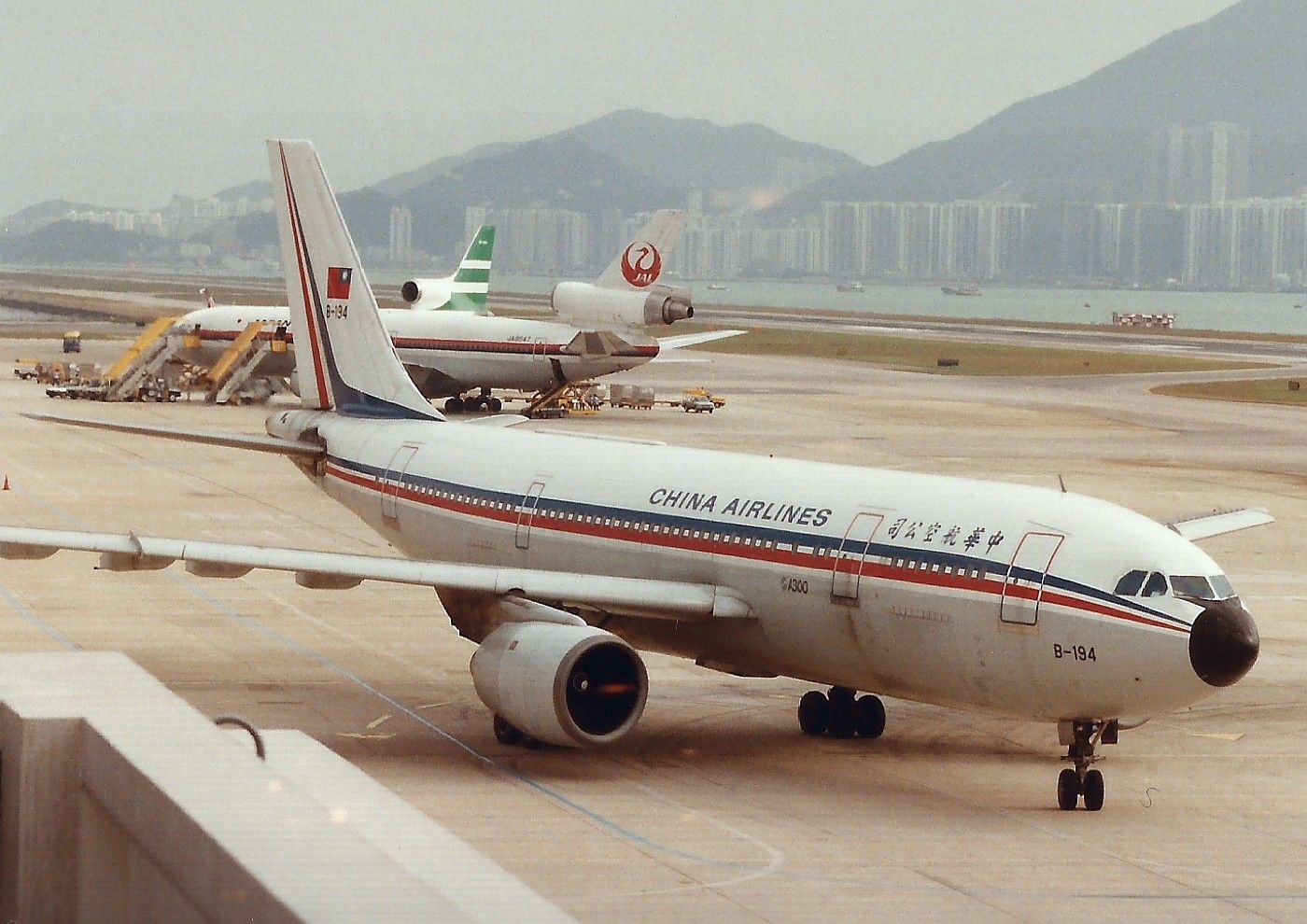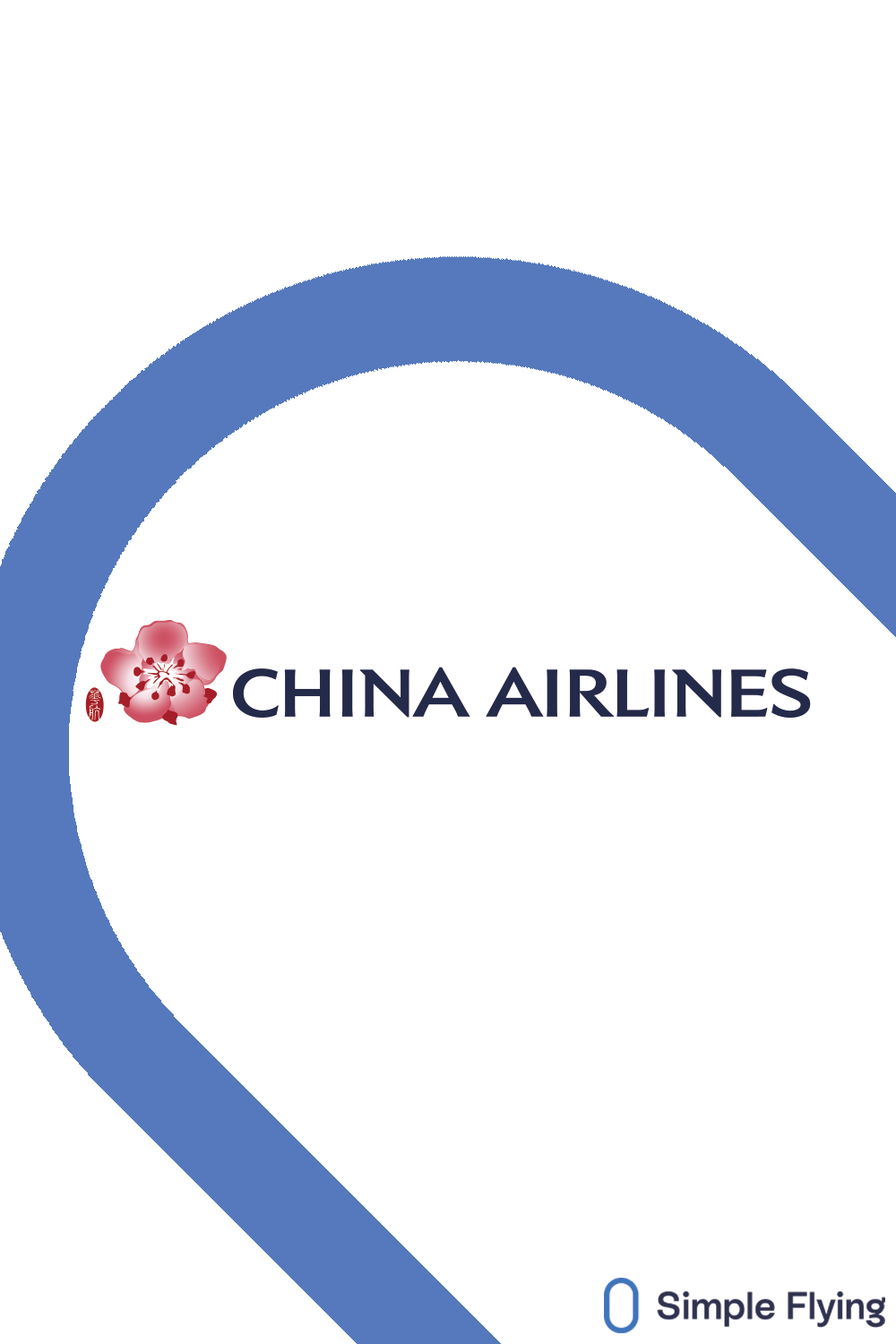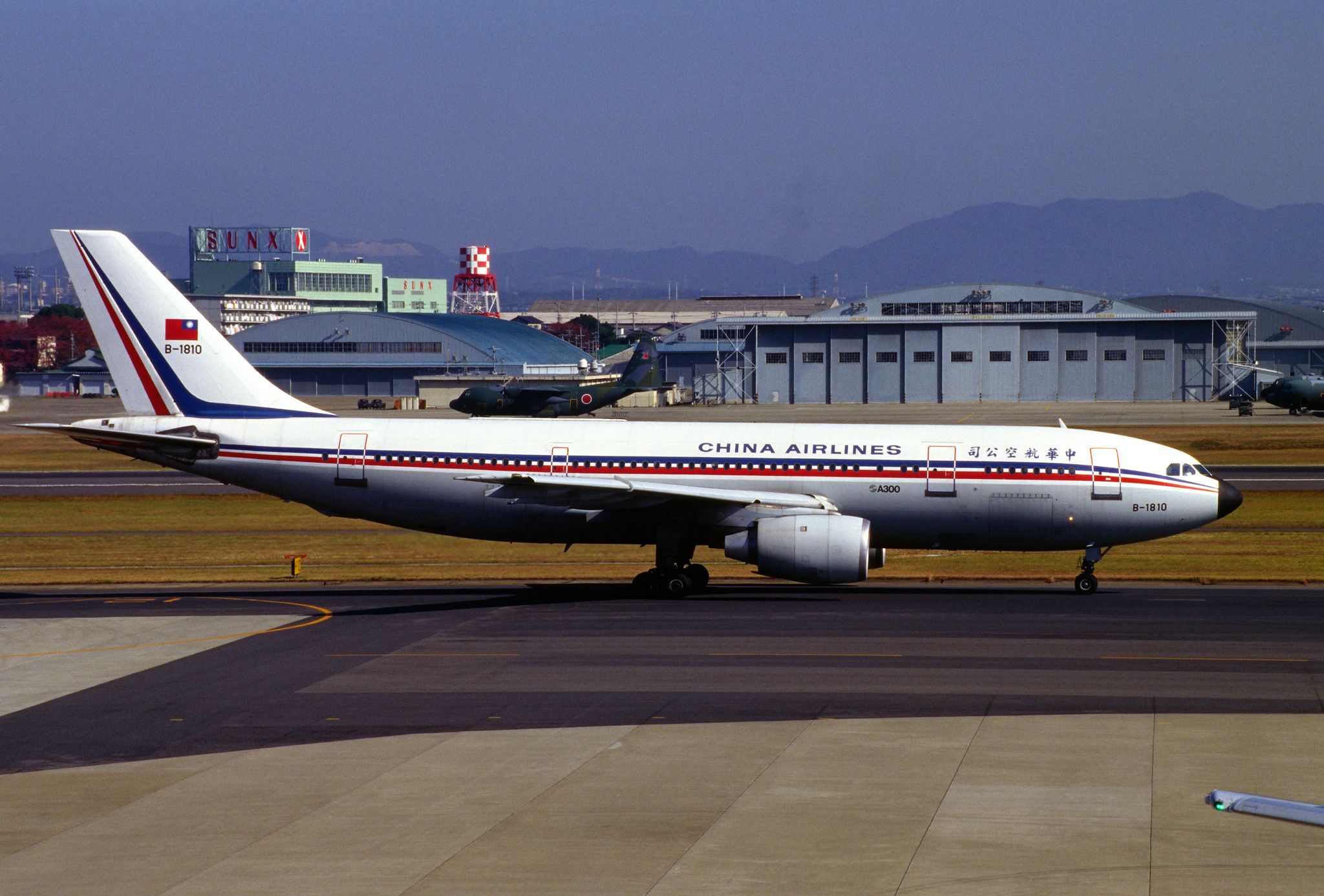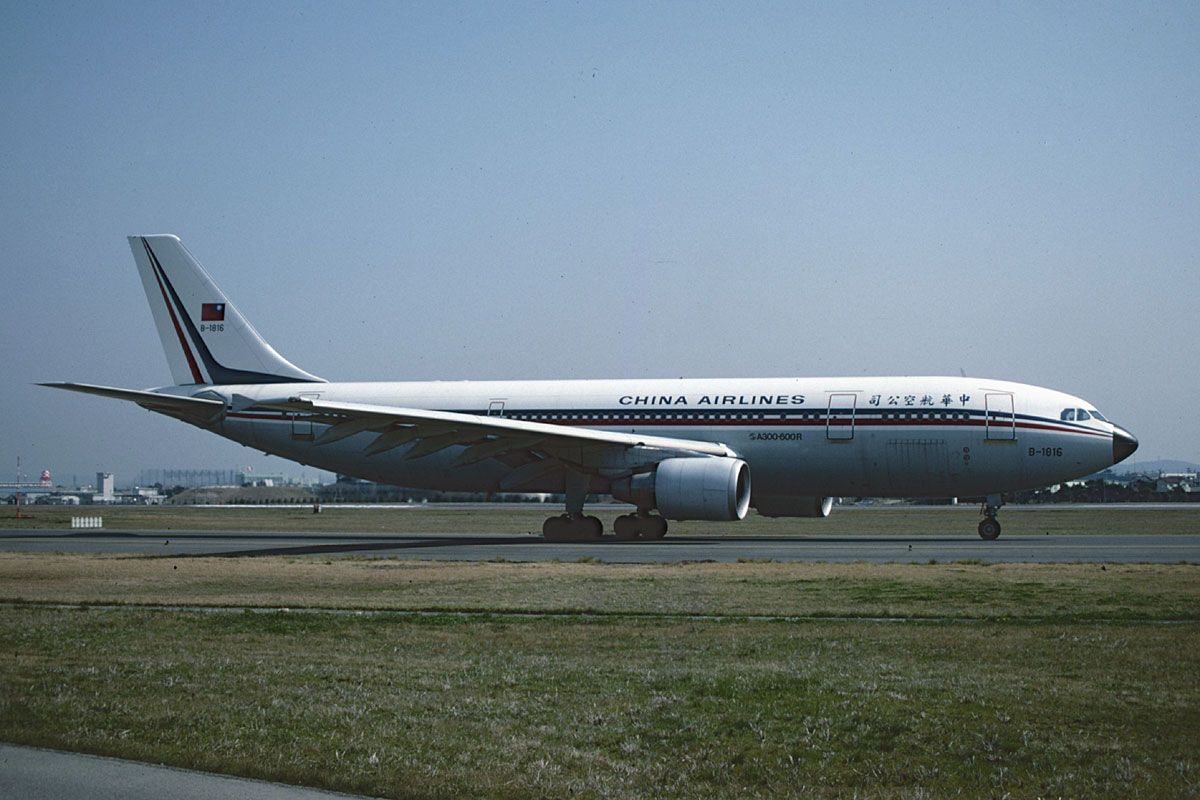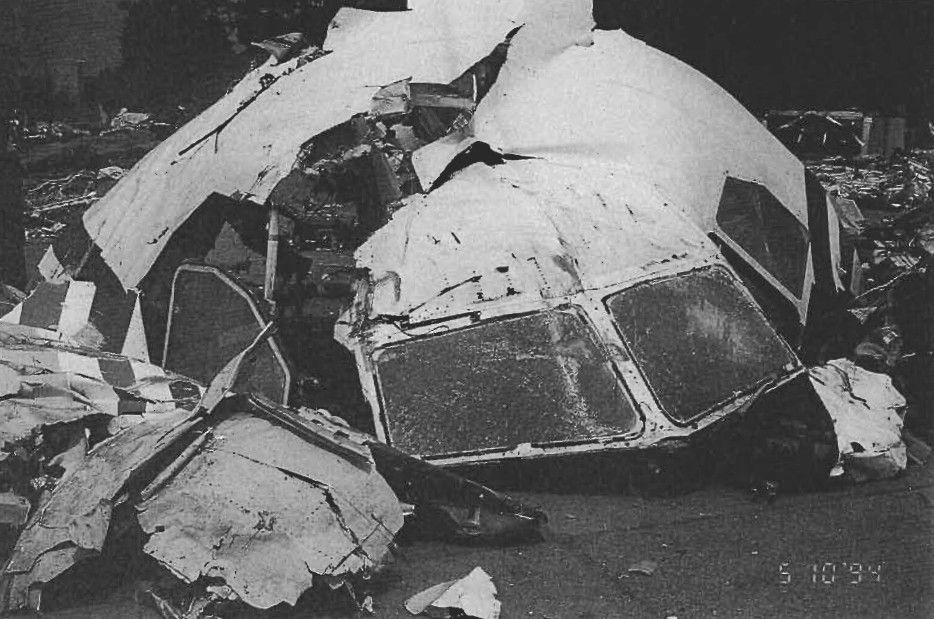Today marks 29 years since a large-scale disaster involving China Airlines flight 140. The crash occurred while the twin-aisle aircraft operating the international service was approaching Nagoya Airport in Japan, following a pilot error that inadvertently caused the autopilot to increase throttle power. Let's take a look back at how exactly the disaster unfolded, and the impact and aftermath of the crash.
The flight and aircraft in question
China Airlines flight 140 was a regularly scheduled international flight that originated at the carrier's Chiang Kai-shek International Airport. This facility is now known as Taipei Taoyuan International Airport (TPE), having been renamed in 2006. This facility remains the Taiwanese flag carrier's main hub today. The flight's destination was Nagoya Airport (NKM) in central Japan's Aichi Prefecture.
This route remains popular today, although flights to Nagoya now serve Chubu Centrair International Airport (NGO), which opened on an artificial island in February 2005. China Airlines continues to ply this route today, and faces competition along this corridor from Batik Air Malaysia, Japan Airlines, Peach, and Tigerair Taiwan. In 2019, Nagoya was Taipei's 15th-busiest route, with almost 900,000 passengers.
Love aviation history? Discover more of our stories here!
On April 26th, 1994, the flight was operated by an Airbus A300, which bore the registration B-1816. According to data from ATDB.aero, it was just over three years old at the time, having been delivered to China Airlines in January 1991. The Aviation Safety Network notes that the flight had 271 people onboard upon leaving Taipei, with this figure comprising 256 passengers and 15 members of crew.
A fatal mistake on approach
As is so often the case in flights that end in tragedy, the majority of this intra-Asia service passed uneventfully. Indeed, little, if anything, of note occurred after it departed from Taipei at 16:53 local time. This remained the case as the aircraft neared Nagoya, and it began its descent at 19:47 local time. 25 minutes later, the flight passed the airport's outer marker as it continued its approach.
According to the Aviation Safety Network, it was at this stage that, having also received landing clearance for Nagoya's 2,800-meter-long runway 34, the First Officer disengaged the autopilot. This allowed him to continue flying the ILS (Instrument Landing System) approach on a manual basis. However, shortly afterward, an inadvertent mistake caused the situation to become perilous.
Get all the latest aviation news right here on Simple Flying!
Specifically, at a distance of only three nautical miles (5.6 kilometers) from the threshold of the runway, and at an altitude of just 1,000 feet, the first officer accidentally activated the aircraft's takeoff/go-around (TOGA) switch. This caused the autopilot to kick back into life, and apply takeoff/go-around power levels to the aircraft's throttles. Additionally, this also caused the aircraft to pitch upwards.
Tragedy in Nagoya
In response to this, the pilots opted to reduce the throttles and pitch the aircraft's nose back downwards. All being well, this would bring the Airbus A300 out of its sudden climb. However, they had not disengaged the autopilot, meaning that their human inputs were fighting those of the computer. This conflict forced the aircraft into an aerodynamic stall, which caused it to crash at 20:15 local time.
The impact of the crash was extremely severe, with just 10 of the aircraft's 271 occupants initially surviving. Sadly, however, this figure dropped to just seven within a week and a half of the crash. All of the survivors were seated in the front part of the middle section of the cabin, in rows 7 to 15. China Airlines retired the flight number 140 after the crash, and now uses CI154 for its Nagoya flights.
The aircraft's registration has been re-used
However, while the flight number involved in the tragedy has been lost to history, the registration of the destroyed A300 has recently made its way back into the world of commercial aviation. Specifically, data made available by ch-aviation.com shows that the registration B-1816 now refers to an Airbus A321-200 that has flown for Air China for over nine years, having joined the carrier back in March of 2014.
What do you make of this accident? Do you remember it happening at the time? Let us know your thoughts and recollections in the comments.
Source: ATDB.aero, Aviation Safety Network, ch-aviation.com

